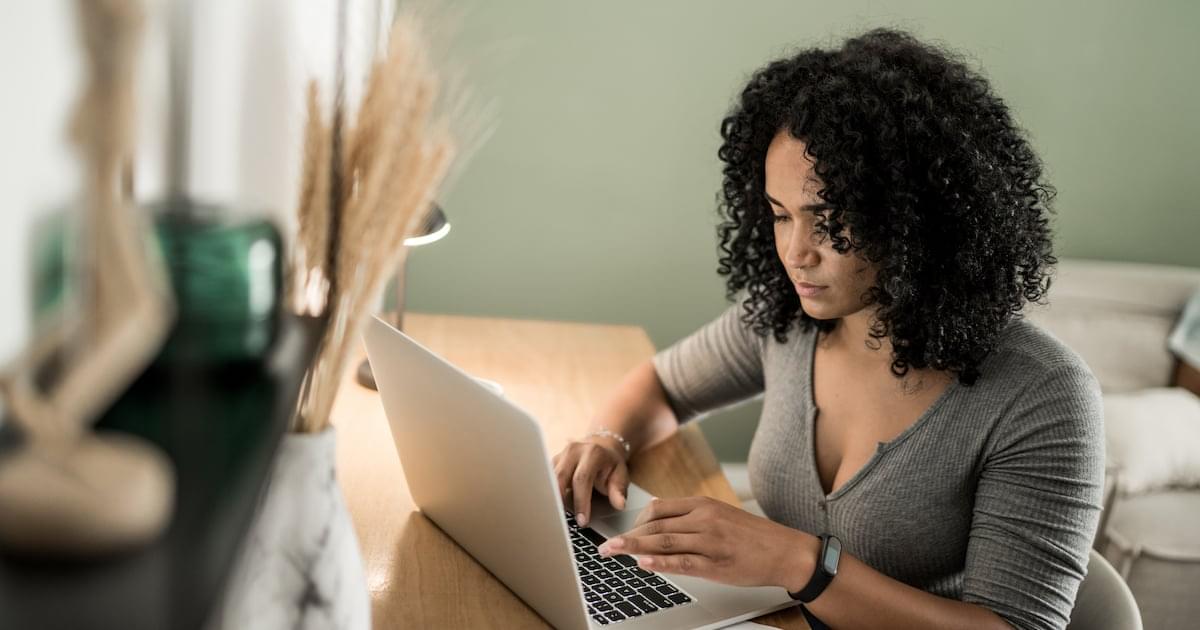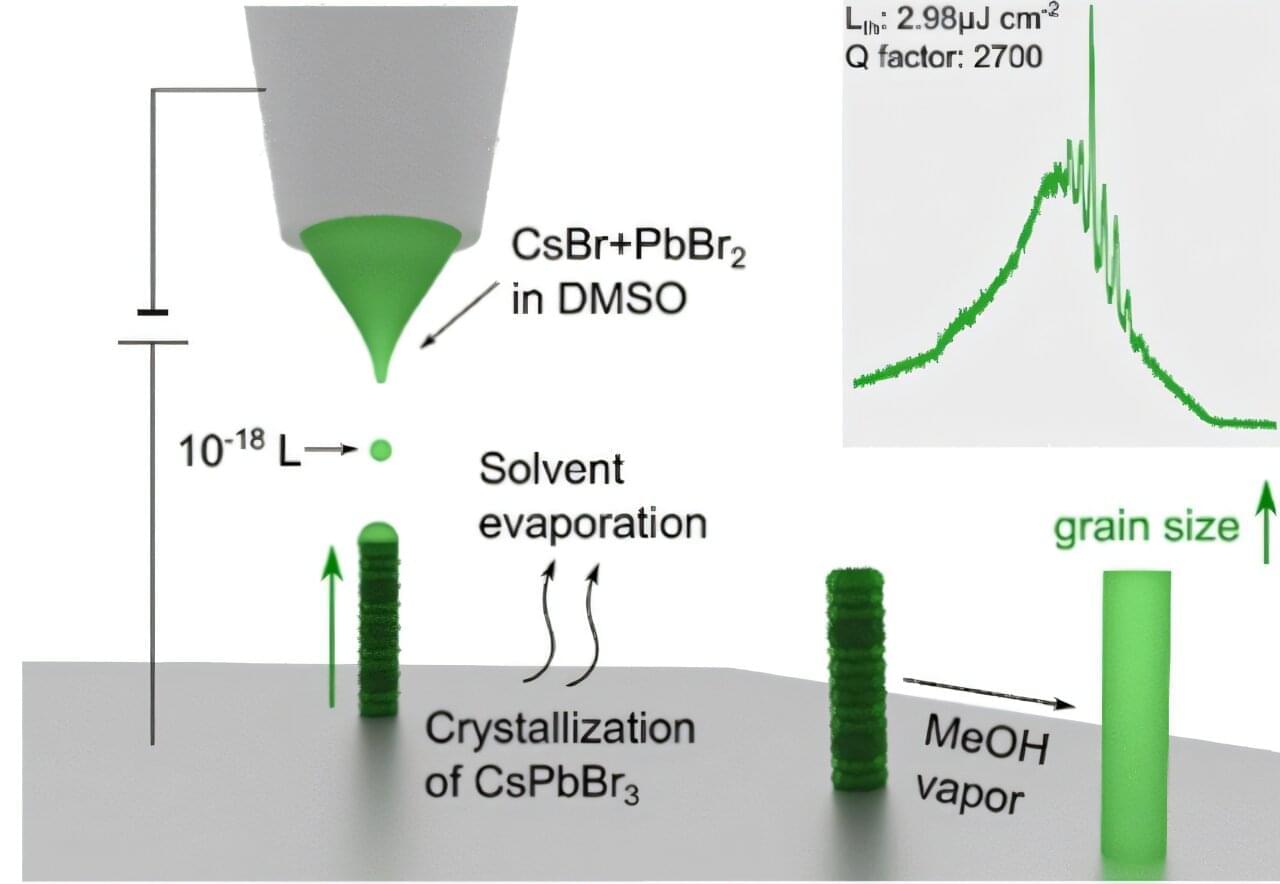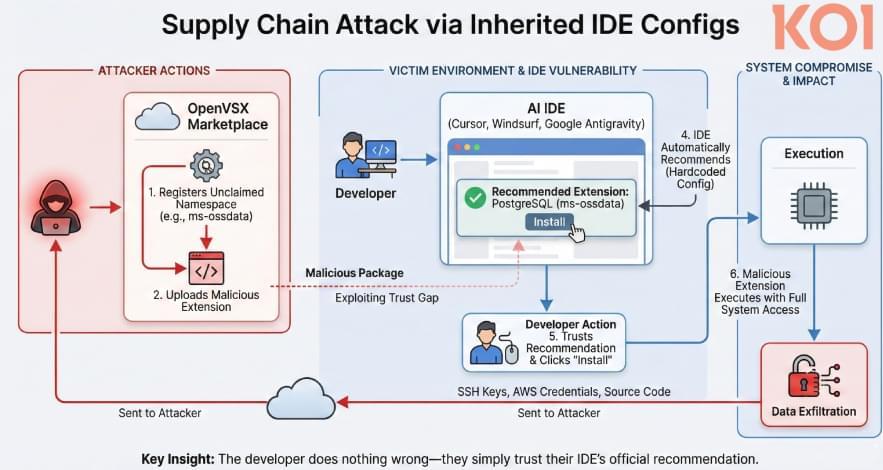The state is piloting a program with Doctronic that allows AI to legally participate in medical decision-making for patients with chronic conditions in need of prescription renewals.


Questions to inspire discussion.
Development & Deployment.
A: Alpameo offers open model weights, open-source inference scripts, simulation tools for edge case testing, and open datasets for training, enabling developers to adapt it into smaller runtime models or build reasoning-based evaluators and autolabeling systems.
Technical Architecture.
🧠 Q: What model architecture powers Alpamayo’s autonomous driving capabilities?
A: Alpameo uses 10B parameter models across five specialized functions: vision, language, action, reasoning, and trajectory generation, forming an integrated reasoning system for autonomous vehicles.
Despite NVIDIA’s advancements in self-driving technology, Tesla’s current lead in autonomous driving, production, and cost advantages are likely to keep it ahead of competitors, including NVIDIA, in the short term Questions to inspire discussion.
Platform Architecture & Business Model 🔧 Q: What type of product is Nvidia’s AI Pameo platform? A: Nvidia’s AI Pameo is a hardware and software toolset for OEMs requiring millions in non-recurring engineering fees and 70% gross margins on chips per vehicle, not a complete consumer solution like Tesla’s FSD. 🏭 Q: What does OEM implementation of Nvidia’s platform require? A: OEMs must have in-house AI talent to integrate, customize, certify, and handle warranty and liability for their specific vehicle models, as Nvidia provides the stack but not per-model engineering. 💰 Q: How does Tesla’s chip economics compare to Nvidia’s approach?
Questions to inspire discussion.
Commercial Availability & Pricing.
A: Unitree is reportedly eyeing a $7 billion IPO, reflecting growing investor confidence in humanoid robotics as a serious commercial category with clear trajectory toward public, industrial, and commercial space operations.
Technical Specifications & Capabilities.
🤸 Q: What physical capabilities does the Unitree H2 demonstrate and how is it engineered?
A: The H2 humanoid performs flying kicks, backflips, and sandbag strikes using 31 degrees of freedom (12 in shoulders, 6 per arm, 3 in torso, 7 per leg), showcasing agility for potential real-world applications.
Tesla’s RoboTaxi plan aims to revolutionize transportation by creating a global, autonomous, and integrated system that could potentially replace traditional car ownership and transform the way people move around.
Questions to inspire discussion.
Cost Optimization Strategy 🚗 Q: How can I minimize transportation costs using Tesla’s pricing tiers? A: Tesla’s AI-controlled pricing offers three tiers: $1 per mile for occasional trips, $60 per day for daily rentals, and $600 per month for leasing, with real-time switching between options based on your usage patterns to optimize costs. 💰 Q: How does AI-generated pricing adapt to my changing transportation needs? A: The system enables seamless switching between $1 per mile and $60 per day options similar to phone plans, with real-time adjustments that automatically select the most cost-effective tier based on current usage.

In future high-tech industries, such as high-speed optical computing for massive AI, quantum cryptographic communication, and ultra-high-resolution augmented reality (AR) displays, nanolasers—which process information using light—are gaining significant attention as core components for next-generation semiconductors.
A research team has proposed a new manufacturing technology capable of high-density placement of nanolasers on semiconductor chips, which process information in spaces thinner than a human hair.
A joint research team led by Professor Ji Tae Kim from the Department of Mechanical Engineering and Professor Junsuk Rho from POSTECH, has developed an ultra-fine 3D printing technology capable of creating “vertical nanolasers,” a key component for ultra-high-density optical integrated circuits.


The Kimwolf botnet, an Android variant of the Aisuru malware, has grown to more than two million hosts, most of them infected by exploiting vulnerabilities in residential proxy networks to target devices on internal networks.
Researchers observed increased activity for the malware since last August. Over the past month, Kimwolf has intensified its scanning of proxy networks, searching for devices with exposed Android Debug Bridge (ADB) services.
Common targets are Android-based TV boxes and streaming devices that allow unauthenticated access over ADB. Compromised devices are primarily used in distributed denial-of-service (DDoS) attacks, proxy resale, and monetizing app installations via third-party SDKs like Plainproxies Byteconnect.

Chronic obstructive pulmonary disease (COPD) is a leading cause of morbidity and mortality globally. Effective management hinges on early diagnosis, which is often impeded by non-specific symptoms and resource-intensive diagnostic methods. A study published in the journal eBioMedicine assesses the effectiveness of electrocardiograms (ECGs) analyzed via deep learning as a tool for early COPD detection.
Mount Sinai researchers utilized a Convolutional Neural Network model to analyze ECGs, or medical tests that record the heart’s electrical activity, and can detect COPD. The primary outcome was the accuracy of a new clinical COPD diagnosis, as determined by International Classification of Disease codes. They performed an evaluation using Area-Under-the-Curve (AUC) metrics, derived by testing against ECGs from patients at five hospitals within the Mount Sinai Health System who represented a demographically diverse patient population in New York City.
They examined data from 2006 to 2023 within the GE MUSE system that exports electrocardiograms as individual XML files containing raw waveforms. The experts also used ECGs from patients at another hospital and ECGs of patients with COPD within the UK BioBank to expand the cohort and validate the analysis.
